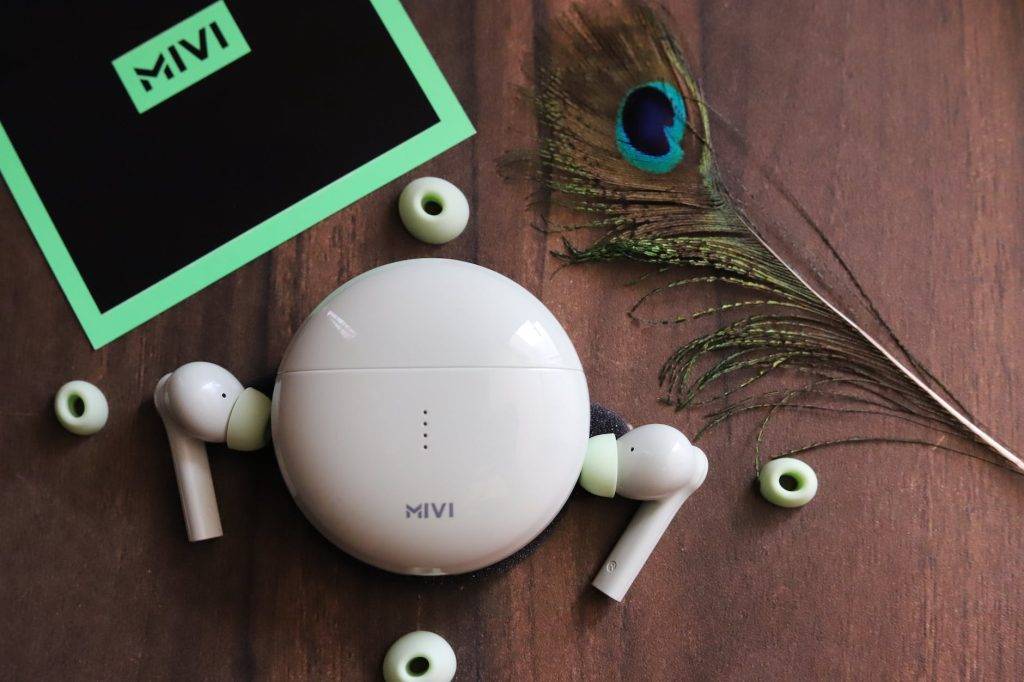If you have an application that requires you to understand the volume or mass of gases and liquids, you might need to invest in a flow meter. These devices are used to measure the volume of gases and liquids in a variety of industrial applications, including pharmaceuticals, natural gas, compressed air and so much more. Other flow measurement devices do exist, however, a flow meter delivers much more precise and accurate measurements of the flow of liquids, gases and vapour.
Read on to learn more about flow meters and how adding one to your application can help you to precisely measure the rate of flow for your media.
What is a flow meter?
Put simply, a flow meter is used to measure the amount of liquid, gas or vapour that passes through a pipeline. Whilst some flow meters are designed to measure the flow based on the amount of fluid, gas or vapour passing through the device in a particular timescale, others are used to measure the total amount of fluid that has passed through the flow meter overall. Different flow meter types are used to measure different things, depending on the needs of your application.
A flow meter is generally made up of three main parts. These are a primary device, a transducer and a transmitter.
The transducer works to sense the fluid, gas or vapour that passes through the primary device, whilst the transmitter converts this raw transducer signal into a usable flow signal. From here this data is often sent to a flow computer, which is used in conjunction with a flow meter to compensate for common operational process conditions, such as temperature, pressure, viscosity and composition.
Which applications do flow meters suit?
Flow meters are very versatile, which is why they can suit a range of industrial applications in the measurement of liquid, gas and vapour. The most common applications that make sure of flow meters are:
Where should a flow meter be placed in a pipeline?
To maximise performance and accuracy, it is important to abide by general installation rules. These include placing the flow meter in a position that ensures that it is completely filled with fluid, gas or vapour at all times.
Additionally, it is important to install a flow control or flow limiter downstream of the flow meter to be able to accurately control the flow of a liquid, gas or vapour once it has gone through the flow meter.
Another important factor to consider is where the flow meter is placed, and how accessible this area is. If you need to complete any maintenance on the flow measurement system, it is vital that you have the space for work and maintenance to take place.
What types of flow meters are there?
There are a number of popular flow meters on the market today. The following are the most popular choices.
Inferential flow meter
Inferential flow meters measure the flow of a media by inferring its value from other parameters. Differential pressure, target and variable area flowmeters all return inferential flow measurements.
Mass flow meters
This type of flow meter measures the mass flow of a fluid. One common example of this is the Coriolis flow meter, which measures real mass flow and thermal mass flow. These rely on the physical properties of the media to provide a flow measurement.
Velocity flow meters
These flow meters measure the velocity of a fluid’s flow to determine the volumetric flow. There are a number of popular velocity flow meters available including turbine, ultrasonic, magnetic and vortex flowmeters.
Volumetric flow meters
Volumetric flow meters measure the volume of the media as it passes through the flow meter. Positive Displacement flow meters, also known as PD flow meters, are the only variety of volumetric flow meter that directly measures the volume of a fluid as it passes through the flow meter itself.
Industry leaders in flow meters
There are a range of flow meters available from a wide array of brands. Perhaps the biggest of note is Malema. Amongst their impressive range is flow meters for high purity, chemical, biomedical and industrial applications. Plus, Malema was the first manufacturer to introduce all PFA and all PEEK mass flow meters, straight tube PFA ultrasonic flow meters and PFA Paddlewheel flow meters. This is what makes them one of the most instantly recognisable flow meter brands.
Malema offers advanced flow meters, designed to suit the requirements of high purity, chemical, bio-medical and industrial applications. Plus, their patented Malema Coriolis flow meter is generally immune to environmental changes in fluid conditions. This includes things such as density, viscosity and the presence of entrained gases in liquids or slurry applications. With a unique sensor design, Malema flow meters are designed to ensure extremely precise flow measurement, even in the most challenging of conditions. The Malema ultrasonic flow meter range is designed to offer high levels of accuracy and repeatability in its performance. This is supported by advanced filtering and digital signalling techniques, regardless of flow meter type, including;
Other big brands of note include Burkert Fluid Control Systems, also referred to simply as Burkert. Their innovative design team works tirelessly to design and manufacture process control products and systems to suit an array of industrial applications. This includes an extensive range of flow meters. Through their innovative FLOWave range, Burkert supplies an exhaustive range of electromagnetic flow meters to gas management, compressed air solutions, and so much more.
Endress+Hauser also offer an incredible range of flow meters to suit a wide array of industrial applications, designed to suit the requirements of a range of users. Their extensive range of flow meters work to measure water, natural gas, steam, mineral oil and chemicals; day in, day out.
However, the range of incredible products available doesn’t just stop there. A multitude of fluid and process control manufacturers produce excellent flow meters that can work in a range of challenging and abrasive conditions. Malema, Burkert and Endress+Hauser, to name but a few, offer a range of solutions for chemical processing, gas management, compressed air solutions and so much more. When selecting the most appropriate flow meter solution for your application, consider choosing one from the leading names in flow meter solutions.
It is, however, important to review all of the options on the market and to ask the opinion of process control professionals before making a selection. This is because choosing the correct flow meter for your application can work to improve efficiency within your pipeline! Flow meters do this by highlighting areas that may have leaks or inefficiencies and enabling you to resolve these. They also enable you to modify pressure for more efficient flow control, as well as pinpointing areas of inefficiency to allow you to install more efficient nozzles to reduce peak demand. Flow meters really do help to improve overall efficiencies! Speak to your fluid control provider today to find out more about flow meters and how they can help to support your application.


